This interview is part of our interview series, where we curate stories of regular people that decided to design a life they love. (click here to learn more).
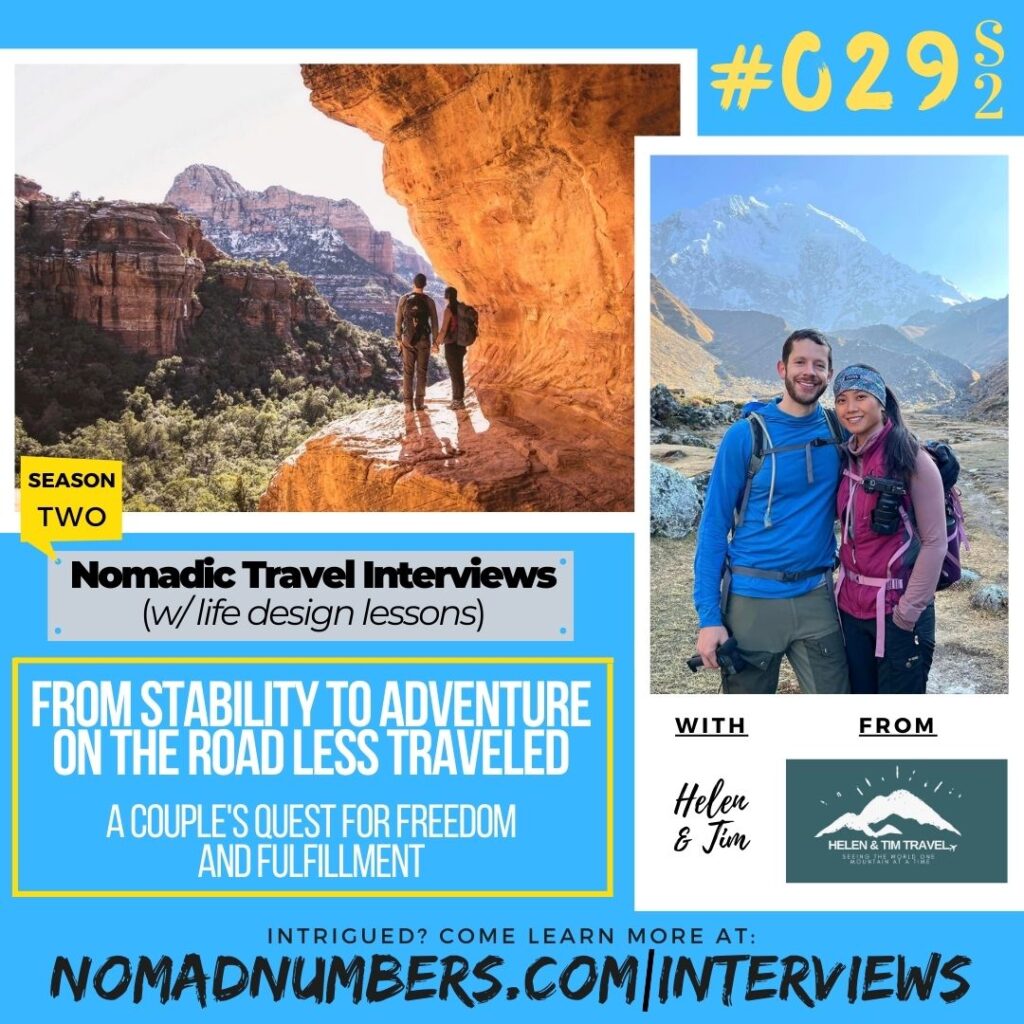
Helen & Tim from Helen & Tim Travel
Some links to the products mentioned below are affiliate links, meaning that if you click and make a purchase, we (Nomad Numbers) may receive a commission at no additional cost to you. For more information please review our disclaimer page.
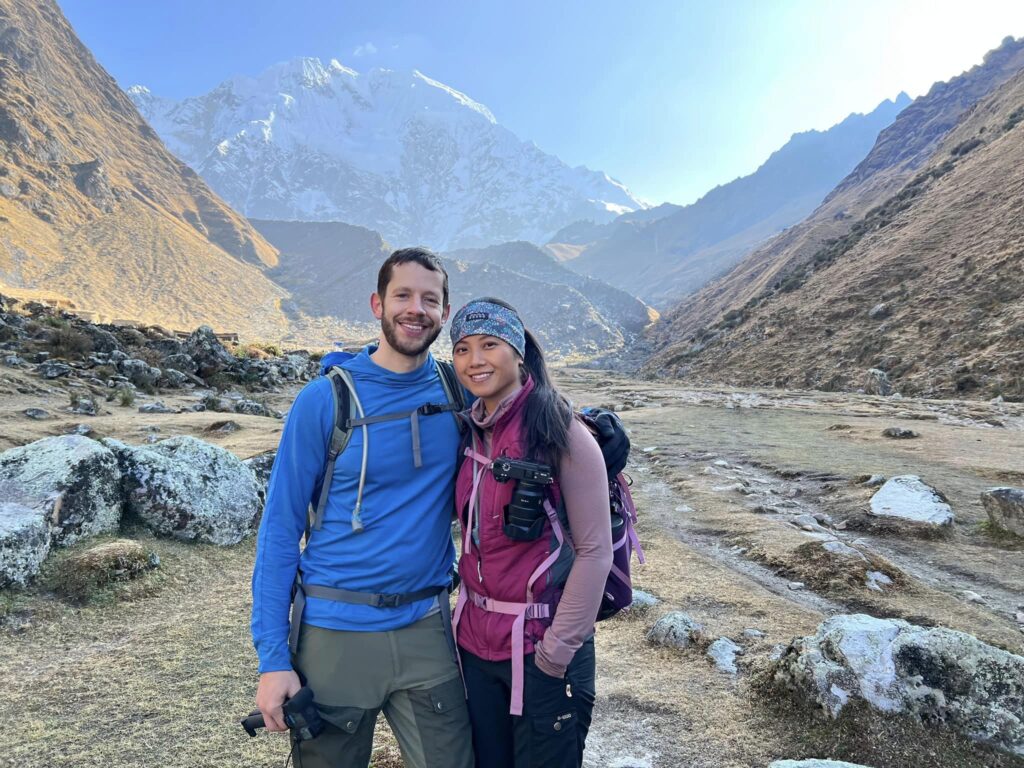
1. Can you introduce yourself?
My husband, Tim (40) and I (35) quit our full-time jobs in January 2023 to travel full-time. Tim grew up in Pennsylvania, 2 hours outside of Pittsburgh, and I was born in Taiwan and grew up in Dallas, Texas. We met in Austin, Texas while attending the University of Texas at Austin. We both have lived in various states, but now call Portland, Oregon our home base.
Before quitting our jobs, Tim was a physical therapist for 10 years and he now runs a PT blog called, PTTimewithTim.com. I worked in health communications at a research institute within a hospital and as a photographer. We currently share our adventures on our YouTube channel, Helen and Tim Travel.
2. What does a typical day in your life look like for you today? How does it differ from your life before?
We have learned from full-time travel life that routine is very important and having some sort of structure is helpful. We always try to incorporate 1 to 2 hours of physical activity per day whether that be walking around the town we are living in, working out in our apartment/hotel room, or joining a local gym. We used to have only weekends to adventure, but now we are able to spend 3 to 4 days a week exploring and doing the things we enjoy like hiking, surfing, etc.
We used to wake up around 4:30 to 5:00 am when we worked full-time at our jobs, but now we don’t set an alarm often (sometimes we do when we have a hike or early morning adventure) and wake up around 7:00 to 8:00 am on our own.
Tim used to work out, eat breakfast, and run out the door to his physical therapy clinic within an hour or so of working up. He was bound by one location and did not leave his clinic until the end of the work day. I worked from home prior to leaving my job, so I had some control and autonomy over my work schedule, but would often be in my home office from 9 am to 5 pm and I would take a couple walking breaks throughout the day or pick up lunch. Instead of rushing out the door, Tim is now able to take his time to have breakfast and listen to a podcast, and create his own routine, which has been so great for his mental health.
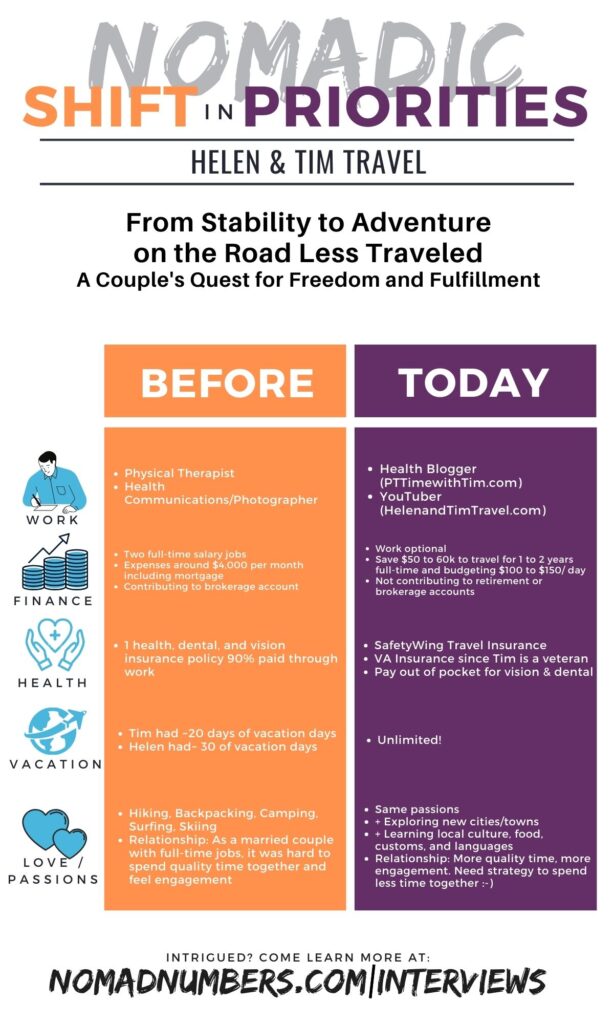
Life design journey
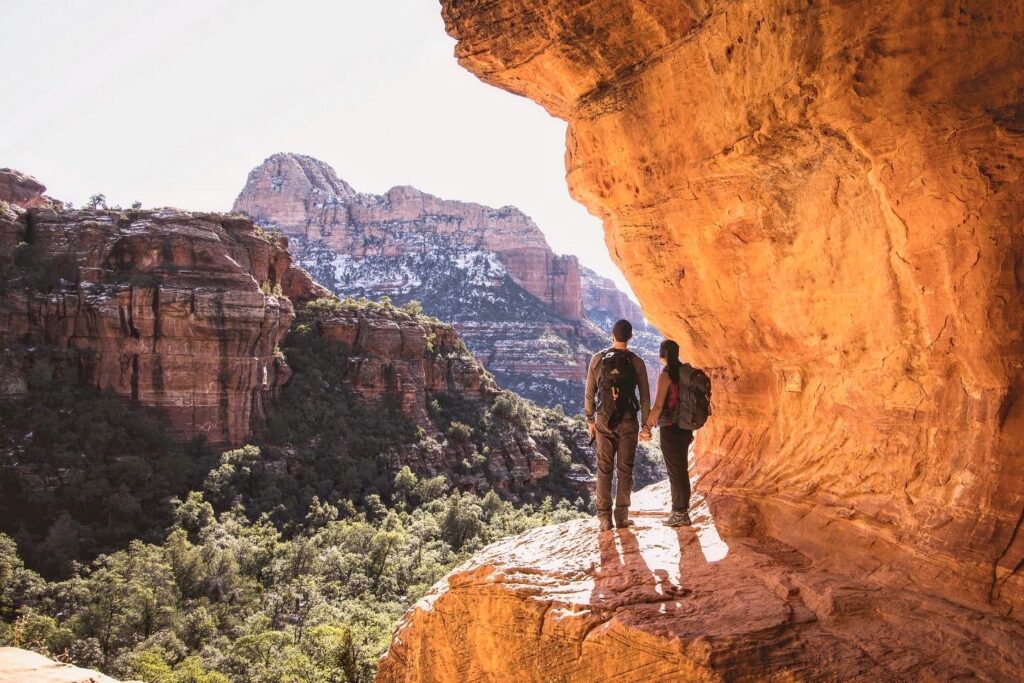
3. What inflection point led you to decide to change your life trajectory?
We started to listen to the Zero to Travel and Extra Packs of Peanuts podcast over 8+ years ago, we realized that people were living non-traditional lives through travel and as digital nomads. We learned there were other ways to live life and work towards a life of location independence.
4 Years ago, we came across the concept of Financial Independence Retire Early (FIRE) and it changed our lives. It changed our relationship with money. We realized we weren’t saving enough for retirement and we knew nothing about retirement accounts of investing after meeting with a financial advisor. She helped us project a retirement plan and goal.
We realized we could make a financial plan on our own and save a ton of management fees along the way. We started educating ourselves through books and podcasts like “Psychology of Money”, “Choose FI”, “Simple Path to Wealth” and more. You can learn more about our FIRE story here.
We started seeing other couples like our friends, Jordan and Ashley from Keep Going Places and YouTube couples like Kara and Nate traveling full-time and were making life on the road work for them. They were great role models and people that were living life to the fullest and we wanted the same. If they can do it, why not us…so we took the leap!
Lastly, Tim was working through the pandemic every day in the clinic and just got really burnt out and was feeling like he needed a change from being stuck in a clinic over 40-hours a week. He felt like there were a lot of things outside of those walls he was missing out on.
4. What were some of the limiting beliefs that hold you back initially?
We loved the sense of security a full-time job brings, so a limiting belief was that we would feel the pressure and even feel bad about not saving money for a couple of years. In reality, we needed time off and the space to think about our lives and what we really wanted out of our future as a couple and in our career.
We came from very hard working families, parents who worked very hard to give us a better life and in a way felt like we needed to stick to our paths to prove that we were just as successful or “enough.” That is by far from the truth. We have learned, it takes courage and strength to take time for self-care and recognize something like travel or working towards a goal of longer-term travel is something we wanted in our immediate future. We also knew we were healthy, capable, and able to climb and hike big mountains. We knew mentally we didn’t want to wait to do higher risk activities, so we knew we knew time was valuable, and wanted to get out there and explore sooner rather than later on in lige.
Another limiting belief was that travel was only for the rich. We didn’t come from trust funds, inheritance, or families that took vacations and trips often. We both only took 1 or 2 road trips a year or our family sent us off with friends and other family members on trips. Before we found the right travel communities and resources, we always thought that planning a trip or simply to travel was expensive. We started to save credit card points and miles to off-set travel and flight costs and changed our mindset of abundance versus scarcity.
5. What did you do to prepare the transition to this new destination and how did you do it?
We built a financial runaway for ourselves prior to leaving our jobs to travel. We spent around 2.5 to 3 years to save for this trip, as well as contributing as much as we could into our retirement and brokerage accounts. We even had an emergency fund that we would transition to use partially for travel. We wanted to be intentional about not touching our retirement after we left for full-time travel, so we allocated a specific pot of money to live off of while on the road for a year or two. At that point we didn’t know how long we wanted to be on the road without a home base, so we wanted to plan for 2 years just in case.
The fall before leaving for our full-time trip in January 2023, we took a 2 week trip to Peru to test our carry-on rolling luggage, as well as our daypacks that we would pack for our day hikes and overnight hikes while traveling. It helped us figure out some of the things that were functional to bring. We have a couple packing videos on our YouTube channel.
We also decided we wanted to make some rental income from our 4 bedroom home and that it would easily cash flow in the suburbs or Portland, Oregon, so we decided to just put our stuff into a 10×15 storage unit. We didn’t want to sell our home quite yet, because we wanted to make sure we liked the full-time travel lifestyle. A year-ish in, we learned that we may be more home base people and travel 3 to 6-months out of the year, so we were glad to not have sold our home.
6. Once on the journey, what were some of the biggest wins you realized? What were the challenges you had to face along the way?
Biggest Wins
- Having unlimited vacation days.
- Being work optional for 1 to 2 years gave us the space to figure out what was important to us in life and how we wanted to spend the next chapter of our lives.
- Understanding each other as a couple and ourselves as individuals.
- Meeting amazing people around the world and making new friends.
- Hiking in some of the most beautiful places around the world.
- Realizing I am ADHD and a Highly Sensitive Person (HSP).
- Having more time for physical activity.
- Seeing our investment accounts still grow over 10% to 20% even though we have not added a penny to it.
- Living more in the present and appreciating life in the now.
- Seeing and spending more time with friends and family.
Challenges
- Being together 24/7 doesn’t work for us, so we had to figure out strategies to do that.
- The “floating” feeling of not knowing where we belong.
- Changing homes, beds, hotels every 7 to 14 days was a struggle. We realized fast travel was not something that would sustain our travels, so we slowed down in 2024.
- Sometimes being on the road in a new place feels isolating, so we started joining local gyms and taking in-person language lessons.
- Lack of routine has been tough for us.
7. What did the people around you (friends/family/colleagues…) think of your plan to take on this new life?
We felt grateful that our parents, other family members, friends, and colleagues were very supportive and many of them weren’t surprised that we would be the first ones they knew to quit our jobs to travel and hike around the world. We started telling friends and family a year or two before we left to travel because we wanted to be held accountable for following through with our goals and plans. Of course our parents worried about jobs and money, but we were able to reassure them by explaining our long-term financial independence plans and budget.
Cost of living
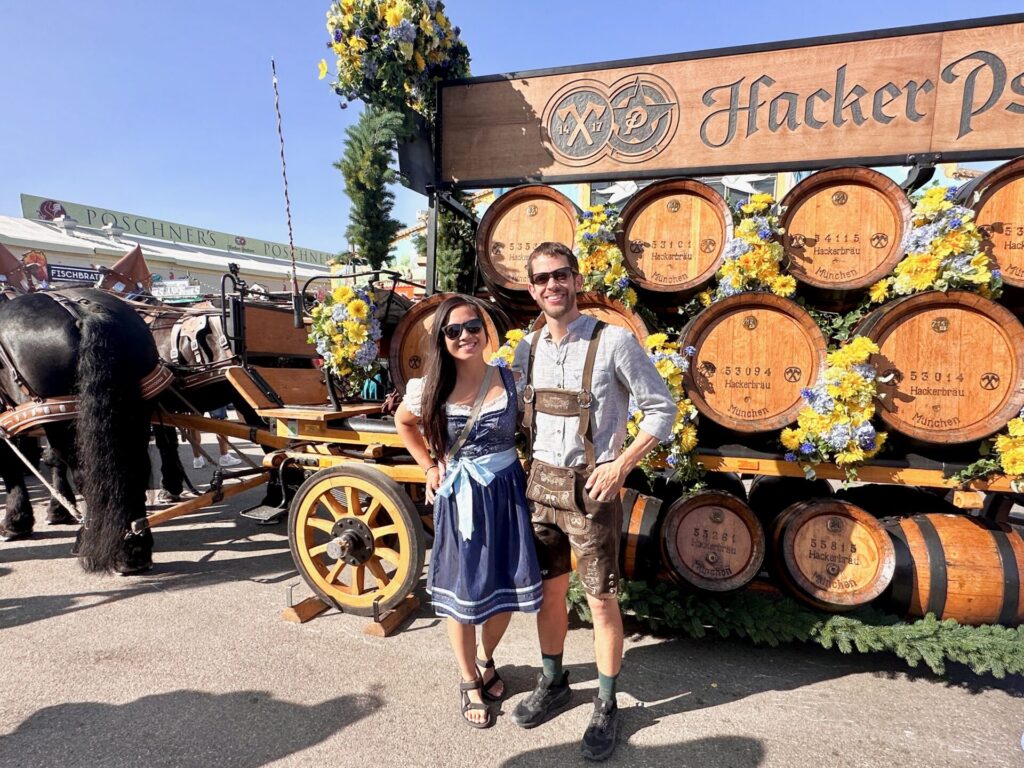
8. How much yearly expense did you have before and after this change in lifestyle?
We were spending around $60,000 per year before we paid off Tim’s student loans and two car payments over 5 years ago. We also didn’t have a budget at the time and didn’t know that we spent over $2,000 eating out and buying groceries each month. By simply tracking our spending and setting a budget, we were able to reduce that by half and we were able to save over $1,000 extra dollars per month, which was very helpful to help save for our trip and contribute to retirement.
We were able to reduce our monthly expenses to around $40,000 to $45,000 per year for the last 2 to 3 years of living in Portland, Oregon to help us put away extra money for our travel fund. Our mortgage with property taxes is around $1,700 USD per year and in our first year of full-time travel, we averaged around $1,300 per month, which shows that living overseas in a wide range of countries between Western Europe and SE Asia can still be a cost savings if you balance it out correctly.
Though we we didn’t drastically change our yearly expenses while traveling full-time in 2023 since we had non-negotiable locations on our list and hikes we wanted to do like renting campervans in Norway and New Zealand, spending 14-days on the Annapurna Circuit, eating our way across Japan, attending a couple nomad conferences (Camp Indie and Bansko Nomad Fest), and spending 4.5 weeks with Tim’s parent’s in Western Europe.
We knew we wanted to enjoy the hard work we put in saving for this trip, but still stay within a $100 to $150 budget per day if we wanted the money we saved for our full-time travels to last for 2 years. Also, the concept of time freedom was priceless to us!
In 2024, we plan to stick to a $30,000 budget and spend time in places around Mexico and Central America, as well as balancing it out with Portugal and Morocco. We have considered trying out house sitting, but we have been grateful that we have friends and family who have opened up there when we visit.
| Category | Description | Cost per person and per day |
|---|---|---|
| Accommodation | Anything you pay toward keeping a roof over your head (ie. rent, internet, water, utilities…) | 650 USD |
| Groceries | Anything related to the groceries you get to cook at home | $356 USD |
| Dining out / Take-out | Anything related to what you spend when dining outside of your home. | $131 USD |
| Activities / Entertainment | Anything you pay related to ‘fun money’ (ie. park fees, outdoor activity, AirBnB experience…) | $225 USD |
| Health Care | Any cost related to treatment you are receiving on a given location. | $16 USD |
| International Health / Travel Insurance | This is health.travel insurance that your purchase to get you covered outside of your home country | $48 USD |
| Transportation | Anything related to transportation within the boundary of the location you are staying at. | $791 USD |
| Living expenses | Anything else that you are spending money on to live in a specific location that can’t fit anywhere else (ie. Haircut, Netflix, cell phone…) | $138 USD |
| TOTALS | Monthly total (per person) | $2,355 USD |
| Yearly total (as a couple) | ~$57,000 USD |
9. What strategies have you used to reduce your expenses?
Tracking our expenses: When we were saving for full-time travel, we used Moneywell to track our budget and were able to create multiple buckets on where we would allocate expenses and savings each month. We could even project out our expenses and track all of our accounts in one place, including our credit card expenses. We love a good old excel document and we do use a basic one that we created to project our annual expenses. Since we started traveling we have started using Travel Spend to track our spending in each country and how much our daily average is.
Travel Hacking: We saved over 1.5 million miles to help offset our flight and some hotel costs for 2023. We flew over 8 legs in business class and had a handful of economy and premium economy flights. We saved over $40,000 per person by using credit card points to pay for most of our long haul flights during our travels in 2023. We used our credit cards and earned between 2x to 10x points on everything we spent money on. Our biggest earning travel hacking categories are travel, dining out, and grocery shopping. We also love using shopping portals to stack and earn extra points on everyday purchases. We saved for about 2 to 3 years so we could use them during our around the world adventure.
Side hustles and businesses: We started building our side hustles about 1 to 2 years before we left on our trip. We knew we wanted to build location independent businesses before we left so we could refine our workflow and processes and not have to figure it out on the road while we were trying to enjoy more of the travel side of things. Like saving for our trip, we planned to build our businesses prior to leaving, so it took less pressure off of spending too much time in front of our computers. Additionally, we were able to build a few passive income streams from this process.
Refinancing and renting out our home: We knew that we had an opportunity a few years ago to refinance our home from a 3.75% down to 2.5%, which would give us even more cash flow on our rental when the time came to rent our home out. We just caught it at a good time during the pandemic before the rates increased again. It was another reason and decision for us not to sell our home when we started traveling.
Lessons, tips & advices
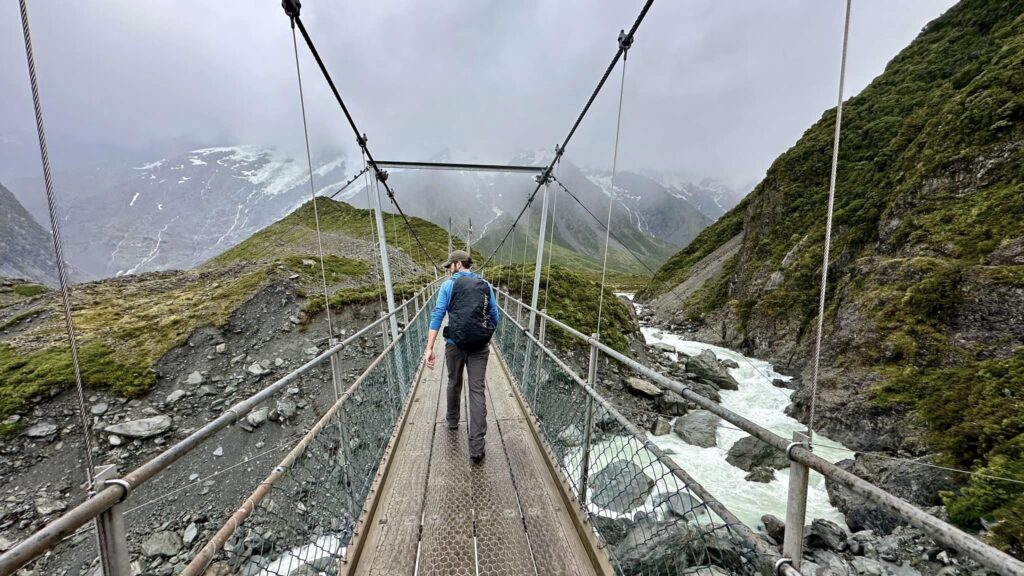
10. If you had to do it again, what would you do differently?
We wouldn’t change many things! We really liked our first year of full-time travel. For many years of saving, it felt like we deprived ourselves of experiences like dining out and spending money on entertainment, and we intentionally allowed ourselves to enjoy the fruits of our labor.
We wish we traveled more slowly during our first year. Instead of spending 7 to 14 days in each place (in different beds), we would’ve loved to spend a month in many of the places we visited to really embrace the experience, feel more rested, get to know the people and culture, as well as immersing ourselves more.
11. What advice do you have for others who are considering going through a life design exercise?
Every year Tim and I like to have a deep one-on-one discussion on what we need out of life. We call it our non-negotiable list. Before we left, some of our non-negotiables were seeing family (our parents specifically) more, having location independence, and being able to hike more versus the weekend warrior trips we used to have. We picked locations that were located in or near the mountains for easy access.
12. What is one resource (blog, podcast, book beside your own) you recommend for those that want to design their own life?
I really loved the book, “Quit Like A Millionaire” by Kristen Shen and Bryce Leung. This book resonated with me because my parents were immigrants and worked hard to create the first chapter of generational wealth. One of the authors immigrated to North America with her parents, and had to work hard financially through the years and lived with a scarcity mindset.m This mindset shaped their relationship with money. Canadians, Kristy Shen and Bryce Leung reached FIRE in their 30’s and share practical tax efficient and money bucket strategies they have used since early retirement. Each chapter provides a nugget in dipping your feet in what to consider when saving, investing, and planning for early retirement. “The key to getting rich is to know your personality, know what you’re good at, and pick the approach that fits you best. Personal finance is personal and one size does not fit all.
Looking ahead
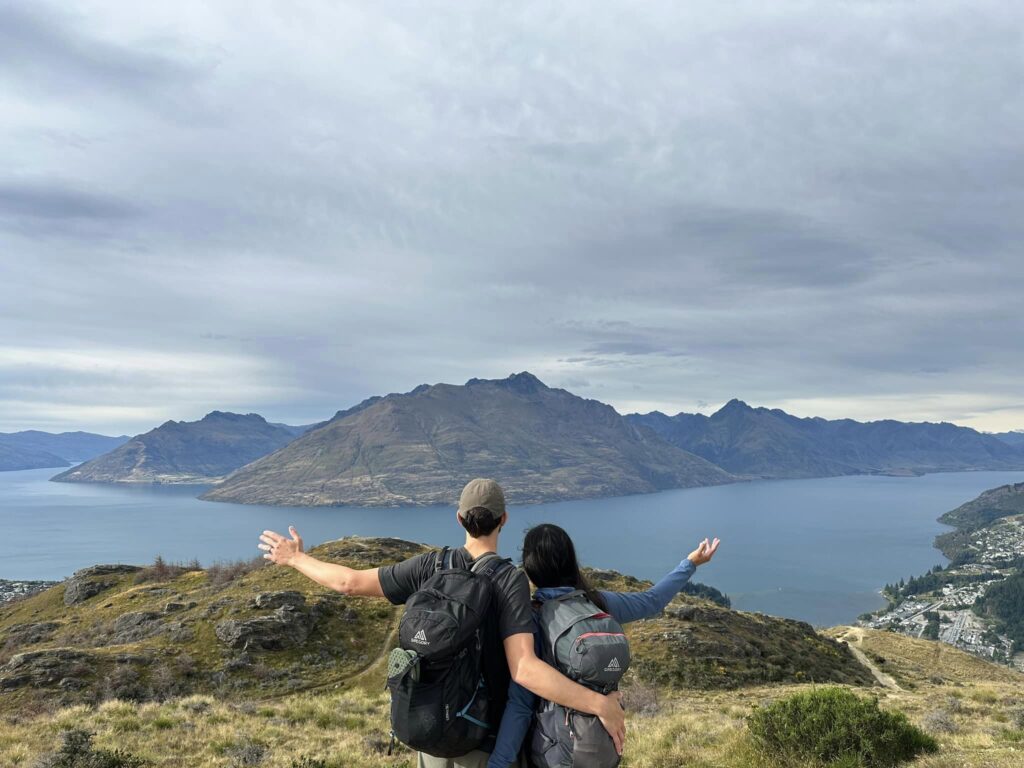
13. What is next for you?
We are continuing our travels through most of the year through 2024. We are living in Mexico for the first quarter of the year and are visiting places in Central America like Guatemala and Costa Rica. We hope to make it back over to Europe in the second half of the year including Christmas markets in Europe. We have plans to go back to our homebase to set-up our home again after our renters move out, but do not have an exact timeline on that.
14. Is there anything I may not have asked that you would like to share with us?
“Time doesn’t wait, so you shouldn’t either”… Not an official quote I heard, but a mantra I have been telling myself throughout this process. That we are given one lifetime that passed us by so fast, it’s ok to start doing the things you want to do now. You don’t need to ask permission (compromise perhaps) if it is something that will bring you joy.
Thank you so much Helen & Tim for sharing your transformational life design journey with us. It is quite inspiring to witness how you broke free from traditional constraints to embrace a life of full-time travel and adventure. As for now, we hope that your experiences continue to ignite the wanderlust in others, inspiring them to pursue their own dreams!
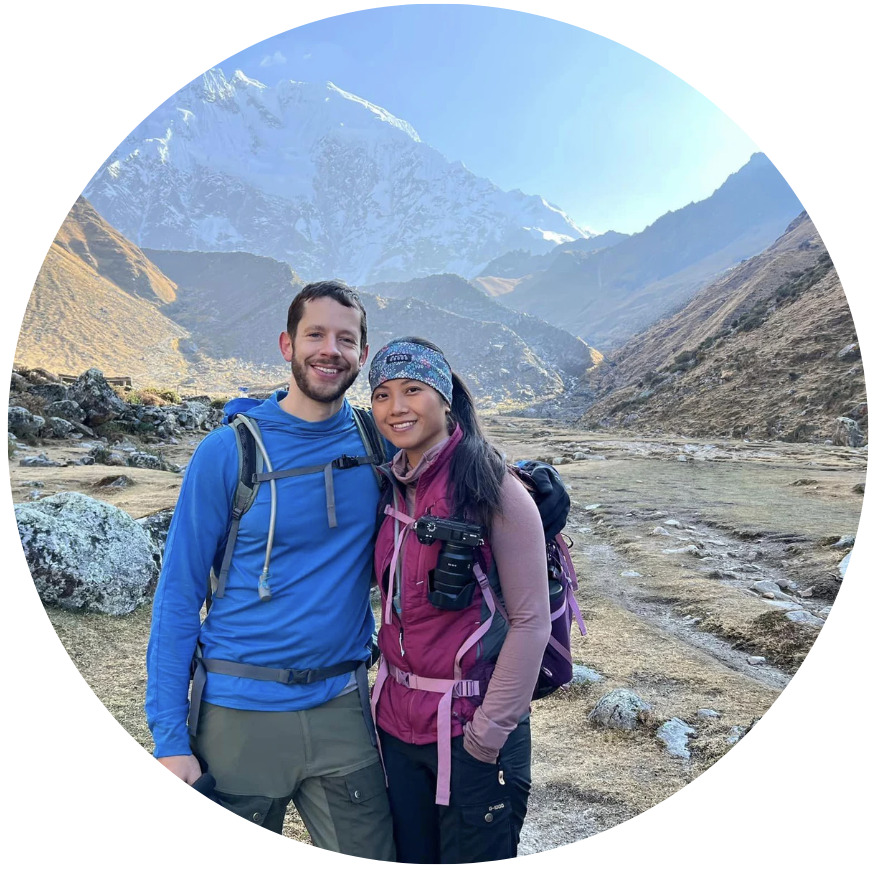
If you want to know more about Helen & Tim, you can find them on the following platforms:
- Blog:
- Youtube:
- Instagram:
Rapid-fire questions
We like ending every interview by asking some fun rapid-fire questions to our guests
| What is your superpower & why? | Being a Highly Sensitive Person (HSP) makes me a more empathetic and a person that helps me connect deeper with people and music |
| What is your favorite travel destination & why? | Lofoten, Norway was a pretty special and majestic place located north of the Arctic Circle where the mountains meet the sea. |
| What is the best Amazon (or online) purchase you made this past year? (Provide a link to Amazon or the product page) | Tim’s portable Nespresso maker, “Wacaco Minipresso!” We have made awesome espresso even at 17,000 feet in Nepal. |
| What is the best Airbnb (or similar) you ever lived in and why? | We stayed in a mountain chalet in the Swiss Alps in the cute town of Wengen and it was one of the most magical places with the best views with a deck we have ever stayed in! |
| What’s something you can never live without? | Tim cannot live without coffee and I cannot live without my emotional support water bottle, which I have lost at one point on our around the world trip, and I was devastated. It has since been replaced! |
| What’s the best piece of advice you’ve received? | If your life was turned into a museum at the end of your life and you decided to visit and walk through it…what would you want it to look like? |
Our Bottom Line
Here are the main lessons we took away from this interview with Helen & Tim:
- Lesson 1 – Transitioning to Location Independence: Helen and Tim embarked on a journey towards location independence, inspired by podcasts like Zero to Travel and concepts like Financial Independence Retire Early (FIRE). This transition required overcoming limiting beliefs about security, familial expectations, and the affordability of travel. They emphasized the importance of self-reflection, financial planning, and leveraging resources to pursue their desired lifestyle.
- Lesson 2 – Financial Preparation and Lifestyle Optimization: Prior to their full-time travel, Helen and Tim meticulously prepared financially, saving for years, tracking expenses, and employing strategies like travel hacking and side hustles. They optimized their lifestyle to reduce expenses and increase savings, enabling them to sustain their travels while still enjoying experiences and maintaining financial stability.
- Lesson 3 – Adapting to Challenges and Finding Balance: Despite the rewards of full-time travel, Helen and Tim faced challenges such as adjusting to constant movement, maintaining routines, and managing the dynamics of being together 24/7. They learned to adapt by slowing down their travel pace, prioritizing self-care, and seeking community engagement through local activities. Finding balance between exploration and stability became essential for their journey’s sustainability.
Sometimes we need to hear about others making unconventional decisions before we can have the confidence to make our own. If you have (or are on a path to) an unconventional journey to improve your life that has a nomadic component to it and are interested to share it, please reach out to us as we would love to consider your story for our blog.
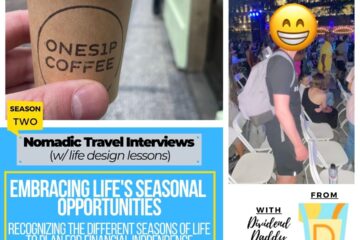
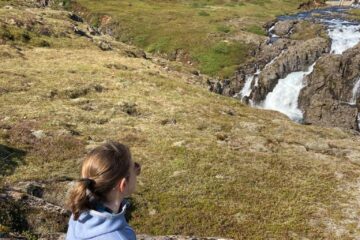
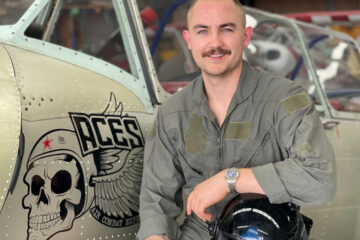
0 Comments